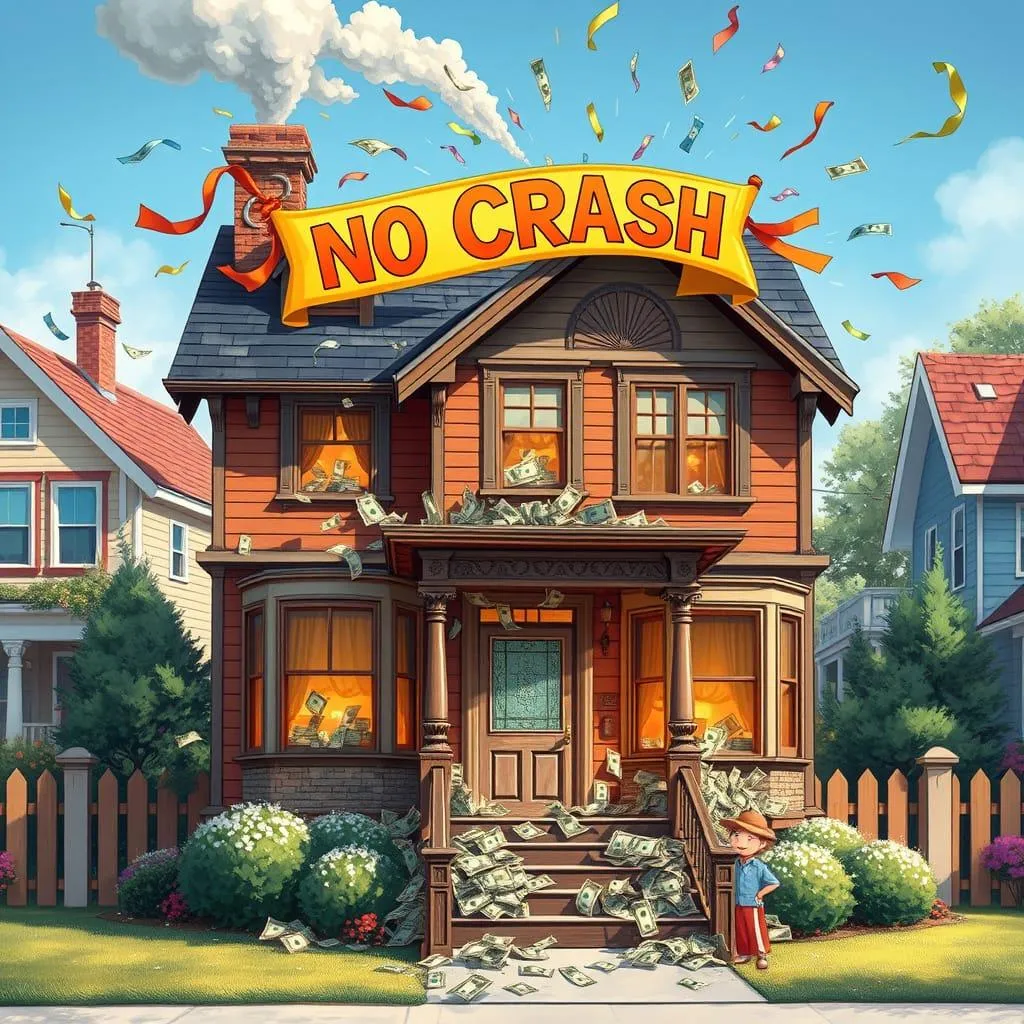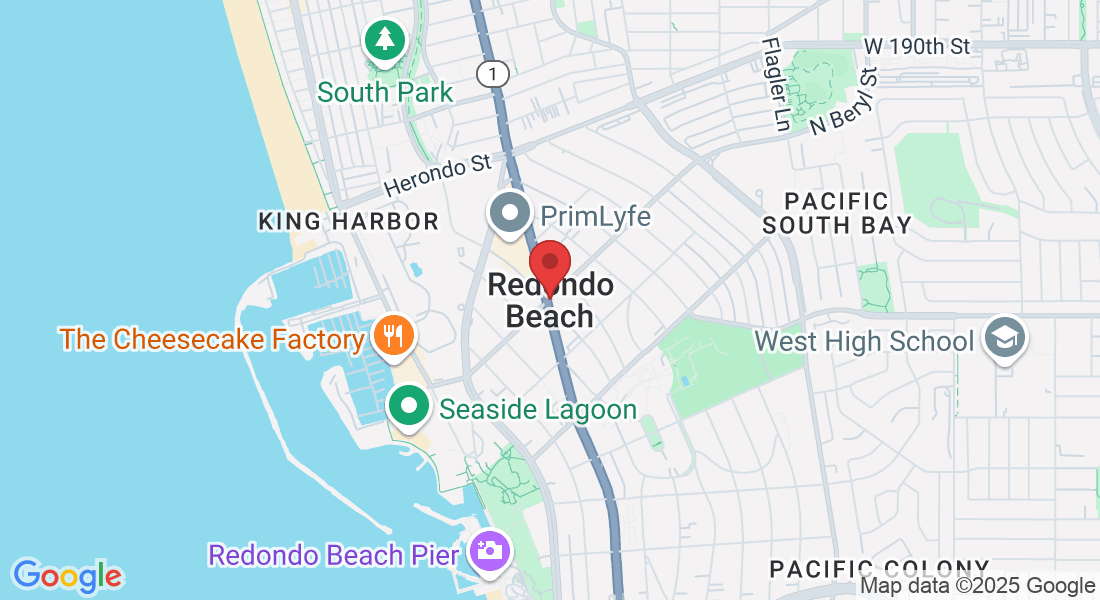The San Diego Blog
Stay up to date with what's going on locally
The San Diego Blog
Stay up to date with what's going on locally
Blogs
Stay up to date with everything going on
San Diego Blogs

Too Much Cash To Crash
There is Fake News circulating social media right now, (shocker!), so lets dispel the rumors and shine a light on the truth. The US housing market is experiencing fluctuations, but a crash is not anticipated, and here's why:
This is the chart being passed around the internet:

Look pretty ominous doesn't it? Except that this is a multi-family chart - apartment buildings and larger commercial properties, not the residential properties.
Delinquency Rates:
The delinquency rate for multi-family properties is relatively low at 0.4%. Although this is an increase from 0.1%, it's important to note that a rise in delinquency rates is anticipated due to various external factors.
Foreclosures are a regular part of the real estate sector and help maintain balance.

FHA Loans:
There's been an increase in FHA loans since 2007, reflecting the growing accessibility of these loans. This elevation accounts for more borrowers with FHA loans in 2025, and the higher delinquency rate partly reflects natural disaster forbearance options. Instances of hurricanes, fires, and flooding contribute to temporary deferments, which are marked as delinquencies, inflating the numbers superficially.
FHA loans, often used by lower-income borrowers, face higher default risks due to economic pressures. However, these are managed through structured forbearance programs.

As you can see, with more FHA loans than 2007, we have less delinquencies
and many are called "delinquent" despite having lender approved forbearance.
Current Delinquency Trends:
About 3.9% of loans are delinquent for less than 90 days, with only 1.19% classified as seriously delinquent. These numbers are far from those experienced during the subprime mortgage crisis.
Equity and Foreclosure:
Homeowners should consider their options, such as unlocking equity if they face financial difficulties. Selling a property before it reaches the foreclosure stage can provide financial relief and the opportunity for a fresh start.

When you compare 2024's 1.19% serious delinquency (over 90 days) to 2007's of 25%
you start to realize that we're in a tough, but good market, with over 55% of the homeowners owning 50% or greater equity in their homes.
The overall health of the housing market today benefits from stronger regulatory frameworks, better lending practices, and a more robust economic environment compared to the lead-up to the 2007-2008 crash. Therefore, while challenges exist, they are manageable within the current economic landscape.
Interviews

Too Much Cash To Crash
There is Fake News circulating social media right now, (shocker!), so lets dispel the rumors and shine a light on the truth. The US housing market is experiencing fluctuations, but a crash is not anticipated, and here's why:
This is the chart being passed around the internet:

Look pretty ominous doesn't it? Except that this is a multi-family chart - apartment buildings and larger commercial properties, not the residential properties.
Delinquency Rates:
The delinquency rate for multi-family properties is relatively low at 0.4%. Although this is an increase from 0.1%, it's important to note that a rise in delinquency rates is anticipated due to various external factors.
Foreclosures are a regular part of the real estate sector and help maintain balance.

FHA Loans:
There's been an increase in FHA loans since 2007, reflecting the growing accessibility of these loans. This elevation accounts for more borrowers with FHA loans in 2025, and the higher delinquency rate partly reflects natural disaster forbearance options. Instances of hurricanes, fires, and flooding contribute to temporary deferments, which are marked as delinquencies, inflating the numbers superficially.
FHA loans, often used by lower-income borrowers, face higher default risks due to economic pressures. However, these are managed through structured forbearance programs.

As you can see, with more FHA loans than 2007, we have less delinquencies
and many are called "delinquent" despite having lender approved forbearance.
Current Delinquency Trends:
About 3.9% of loans are delinquent for less than 90 days, with only 1.19% classified as seriously delinquent. These numbers are far from those experienced during the subprime mortgage crisis.
Equity and Foreclosure:
Homeowners should consider their options, such as unlocking equity if they face financial difficulties. Selling a property before it reaches the foreclosure stage can provide financial relief and the opportunity for a fresh start.

When you compare 2024's 1.19% serious delinquency (over 90 days) to 2007's of 25%
you start to realize that we're in a tough, but good market, with over 55% of the homeowners owning 50% or greater equity in their homes.
The overall health of the housing market today benefits from stronger regulatory frameworks, better lending practices, and a more robust economic environment compared to the lead-up to the 2007-2008 crash. Therefore, while challenges exist, they are manageable within the current economic landscape.
Articles

Too Much Cash To Crash
There is Fake News circulating social media right now, (shocker!), so lets dispel the rumors and shine a light on the truth. The US housing market is experiencing fluctuations, but a crash is not anticipated, and here's why:
This is the chart being passed around the internet:

Look pretty ominous doesn't it? Except that this is a multi-family chart - apartment buildings and larger commercial properties, not the residential properties.
Delinquency Rates:
The delinquency rate for multi-family properties is relatively low at 0.4%. Although this is an increase from 0.1%, it's important to note that a rise in delinquency rates is anticipated due to various external factors.
Foreclosures are a regular part of the real estate sector and help maintain balance.

FHA Loans:
There's been an increase in FHA loans since 2007, reflecting the growing accessibility of these loans. This elevation accounts for more borrowers with FHA loans in 2025, and the higher delinquency rate partly reflects natural disaster forbearance options. Instances of hurricanes, fires, and flooding contribute to temporary deferments, which are marked as delinquencies, inflating the numbers superficially.
FHA loans, often used by lower-income borrowers, face higher default risks due to economic pressures. However, these are managed through structured forbearance programs.

As you can see, with more FHA loans than 2007, we have less delinquencies
and many are called "delinquent" despite having lender approved forbearance.
Current Delinquency Trends:
About 3.9% of loans are delinquent for less than 90 days, with only 1.19% classified as seriously delinquent. These numbers are far from those experienced during the subprime mortgage crisis.
Equity and Foreclosure:
Homeowners should consider their options, such as unlocking equity if they face financial difficulties. Selling a property before it reaches the foreclosure stage can provide financial relief and the opportunity for a fresh start.

When you compare 2024's 1.19% serious delinquency (over 90 days) to 2007's of 25%
you start to realize that we're in a tough, but good market, with over 55% of the homeowners owning 50% or greater equity in their homes.
The overall health of the housing market today benefits from stronger regulatory frameworks, better lending practices, and a more robust economic environment compared to the lead-up to the 2007-2008 crash. Therefore, while challenges exist, they are manageable within the current economic landscape.

#58BB47
#0000FF
https://www.google.com/maps/embed?pb=!1m18!1m12!1m3!1d429155.3376406009!2d-117.43861812897623!3d32.82469764779043!2m3!1f0!2f0!3f0!3m2!1i1024!2i768!4f13.1!3m3!1m2!1s0x80d9530fad921e4b%3A0xd3a21fdfd15df79!2sSan%20Diego%2C%20CA%2C%20USA!5e0!3m2!1sen!2sph!4v1710098235283!5m2!1sen!2sph
Thank you for visiting
